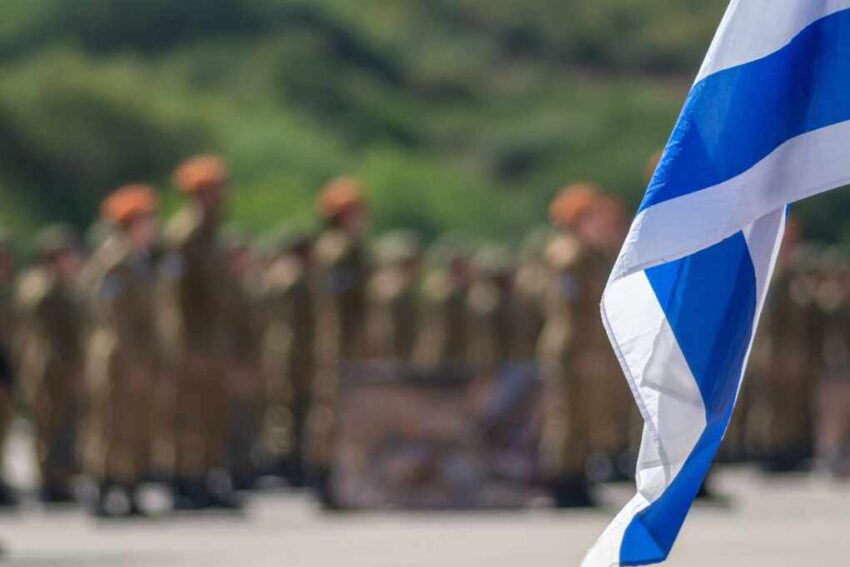Israel’s Gaza City offensive has exposed severe strains within its military, as exhaustion, manpower shortages, and long deployments raise questions about the sustainability of the campaign.
At a Glance
- Israel launched a Gaza City offensive on 20 August 2025, calling up 60,000 reservists
- About 20,000 active-duty soldiers had their service extended amid shortages
- Fatigue and logistical stress are reported among combat units
- Fighting continues in Zeitoun, Sabra, and Shuja’iyya neighborhoods
- Ceasefire talks remain stalled as humanitarian casualties increase
Offensive Under Pressure
The latest stage of Israel’s campaign, Operation Gideon’s Chariots II, aims to secure Gaza City. On 20 August 2025, Israeli forces began advancing into districts including Shuja’iyya and Sabra, areas that have seen repeated clashes in past offensives. Commanders announced control of some outskirts, but the scale of operations requires unprecedented troop mobilization.
Watch now: Israel Calls Up 60,000 Army Reservists Ahead Of Planned Gaza City Offensive · YouTube
Military planners authorized the call-up of 60,000 reservists and extended the service of 20,000 active-duty soldiers. The move highlights not only the intensity of the Gaza operation but also the shortage of available forces after two years of continuous conflict.
Fatigue Across the Ranks
Reports from Israeli media and security analysts describe widespread fatigue across combat units. Reservists, many of whom were recalled after multiple prior tours in Gaza, face extended deployments with little rest. Families have voiced concern that rotating units in and out of the front lines at this pace is unsustainable.
Soldiers on active duty, some now serving beyond their original contracts, are encountering physical and psychological stress. Commanders acknowledge challenges in maintaining morale and combat readiness in urban fighting conditions that require constant vigilance. Analysts warn that prolonged exhaustion could reduce operational effectiveness, particularly if urban resistance proves more entrenched than anticipated.
Logistical Strain
The manpower issue extends beyond troop fatigue. Logistics teams are struggling to maintain supply chains as reserve units swell the front lines. Reports note delays in provisioning and equipment shortages, compounded by the rapid pace of operations. Military commentators suggest that the IDF’s reliance on reserves highlights structural vulnerabilities in its long-term planning.
Observers argue that fatigue and supply issues could undermine Israel’s ability to hold territory gained in Gaza City. If the offensive stalls, the government may face rising domestic pressure to reconsider its strategy, particularly from families of hostages still held in Gaza.
Ceasefire Uncertainty
Diplomatic efforts remain deadlocked. Hamas has accepted a 60-day ceasefire proposal negotiated by Egypt and Qatar, but Israel continues to reject any truce until all hostages are released. The absence of a pause in fighting adds further pressure on the military, which must sustain large deployments without relief.
International mediators have warned that the lack of progress risks deepening both the humanitarian crisis in Gaza and the strain on Israel’s armed forces. Calls from the United States and European allies for restraint have so far had limited impact on decision-making in Jerusalem.
Humanitarian Costs and Political Fallout
The toll in Gaza has surpassed 62,000 deaths, most of them civilians, with displacement approaching one million people. These conditions fuel international condemnation, adding diplomatic stress alongside Israel’s military fatigue. Inside Israel, protests led by families of hostages have grown louder, criticizing the government for pursuing an operation that may overextend the military without delivering decisive results.
Global criticism has intensified, with European governments and the United Nations warning of escalating instability. Analysts argue that Israel’s military fatigue, combined with political opposition at home and abroad, could determine the trajectory of the offensive more than battlefield outcomes alone.
Sources
Click this link for the original source of this article.
Author: Editor
This content is courtesy of, and owned and copyrighted by, https://deepstatetribunal.com and its author. This content is made available by use of the public RSS feed offered by the host site and is used for educational purposes only. If you are the author or represent the host site and would like this content removed now and in the future, please contact USSANews.com using the email address in the Contact page found in the website menu.





